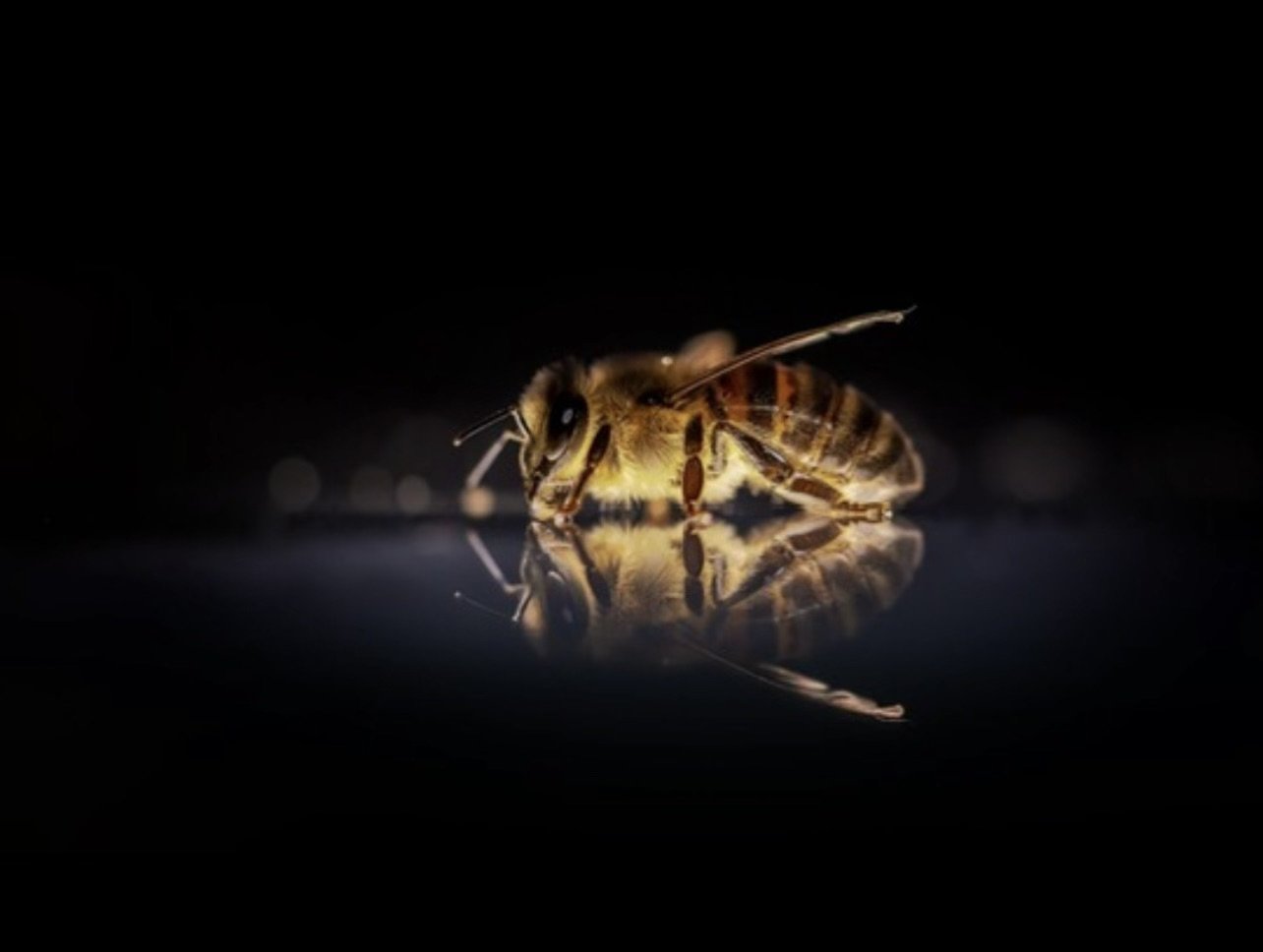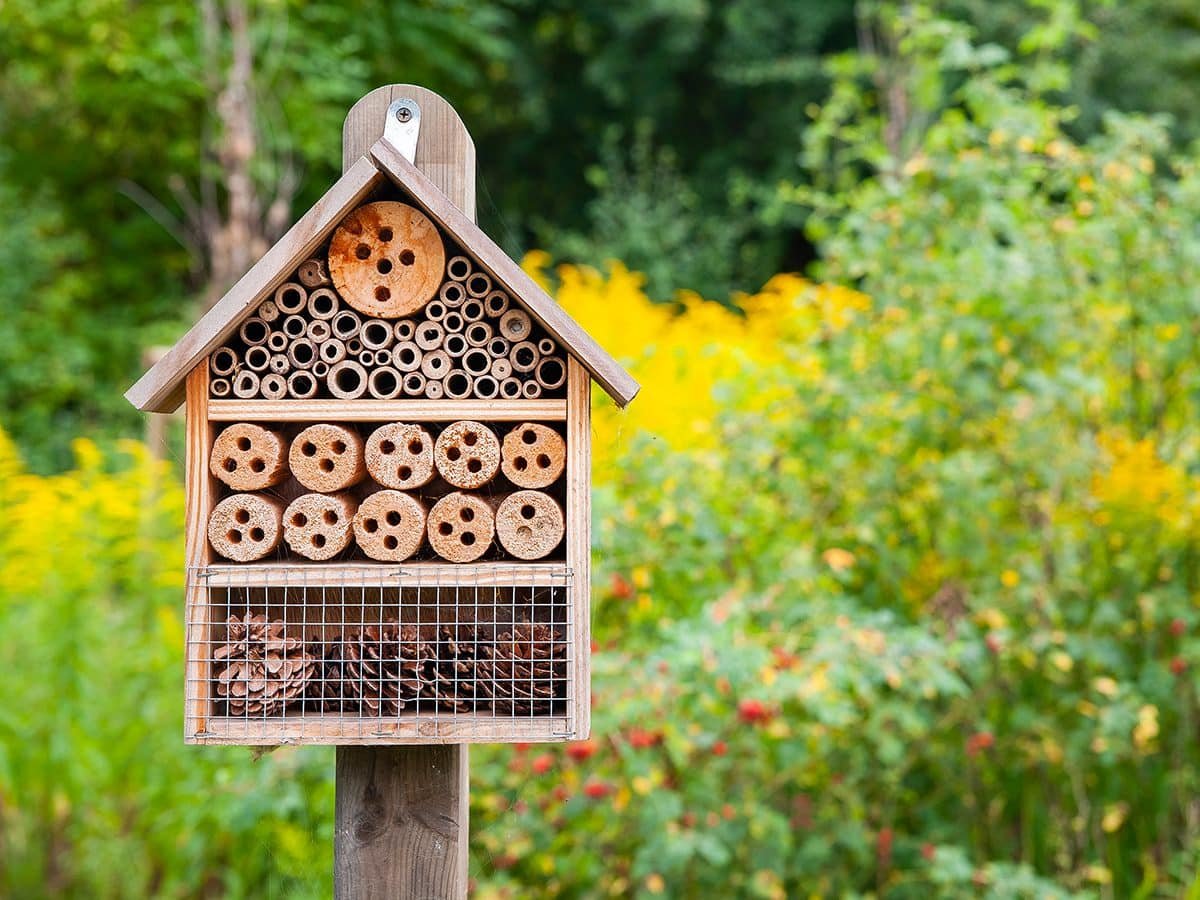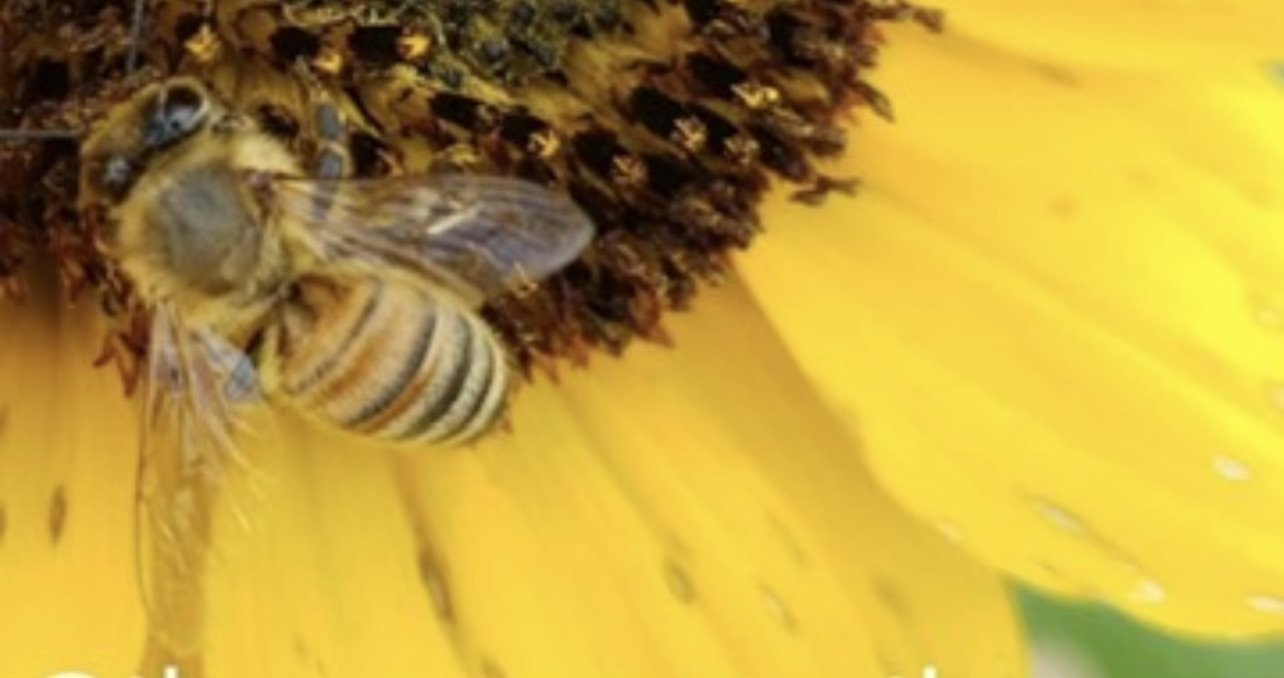
BEE THE CHANGE
#WETHEPEOPLE
“I felt a thrill—a new civil affinity budding in my dreams and in the brick-and-mortar city, simultaneously: that we, the people, were awakening to the truth that a bundle of twigs is inconceivably strong.”
Getting educated on the pollinator crises will naturally lead you into further avenues of Earth advocacy and awareness. For instance, you can’t be faced with the toxic pesticide issue without gaining a greater comprehension of the corrupt corporations sitting at the top of most mainstream manufacturing. This is truly a time in which We The People must start taking matters into our own hands if we ever hope to see any form of conscious change take root in our nation.
-

Know it.
POLLINATOR ADVOCACY
As Eckhart Tolle brilliantly states in his book, THE POWER OF NOW; “Awareness is the greatest agent of change.” Once we become aware of a problem, only then can we ever hope to fix it. Awareness automatically puts the power back into our own hands, and it’s what we do with it from here that matters most.
Educating yourself as much as you can is the first step in taking responsibility for BEEing THE CHANGE we wish to see in the world.
Some digital resources that may be helpful:
-

Build it.
POLLINATOR INFRASTRUCTURE
Did you know that over 75% of the bee population are solitary bees? “Solitary bees live and raise their offspring alone. Each female bee builds and defends her own nest, lays her own eggs, and gathers nectar and pollen for her offspring without the help of any other bee.”
Bee boxes and bee hotels are a great way to provide a safe home for our independent flyers. They offer protection from the elements, a place to breed, and storage space for their honey and pollen. They are not only functional, but they can also bee beautiful.
You can either create your own (HERE), or purchase pre-fabricated boxes - preferably from a company that supports habitat protection such as FLOW.
-

Grow it.
POLLINATOR HABITAT
Regardless of how much property you own or maintain, intentionally creating your space to attract and support our pollinator friends is both ethical and beautiful stewardship.
Lawn conversions are quickly becoming a popular form of “rebel gardening”, as well as an active approach to correcting the pollinator problem. Plus it cuts back on the mowing!
You can DIY (HERE), or hire a professional earth care team local to your area to manage the project for you. In south central PA, LadyBug Earth Care is leading the way for Earth friendly property maintenance. Book with them (HERE).

SUPPORT LOCAL
SUPPORT LOCAL
There are many ways to support both your local pollinators, as well as local businesses designed to support them too.
Here are a few avenues relevant to South Central, PA -
LAND IMMERSION
LAND IMMERSION
THE BOWER
“Land immersion programs offer an extensive, hands-on experience in nature, often focusing on primitive skills, land-based crafts, or farm-based activities. These programs aim to deepen a participant's connection with the land, teach valuable skills, and cultivate a deeper understanding of the environment and sustainable practices.”
Nestled in the heart of central Pennsylvania’s Appalachian mountains sits The Bower: a sanctuary where art and the natural world co-exist harmoniously. The Bower landscape features wild and introduced native plants in abundance throughout an enhanced open landscape and woodlands complimented with large-scale sculpture and land art.
Visitors begin with a meadow walk which takes them through the planted gardens, the six-acre meadow, along the woods edge or savanna, and the rain filled “pools”. Curated sculptures are carefully sited into the environment to enhance the visitor’s experience. Over 200 species of native trees, shrubs, forbs, and grasses are on display, placed by wind, birds, animals, and humans. Garden spaces and meadows display plantings which delight bees, birds, butterflies, praying mantis, and people. (cited)
The Bower is a great place where children can explore and discover. Research shows that engaging children in art and nature is critical to their growth and development. The Bower provides an opportunity for youth to learn about native plants and their importance for sustaining pollinators and wildlife in general. Youth will be able to interact with the sculptures throughout the property and may have an opportunity to engage with an artist in residence.
A GREAT PLACE FOR KIDS
FIND YOUR OWN LOVELINESS
FIND YOUR OWN LOVELINESS
LADYBUG EARTH CARE
Servicing the greater Harrisburg area, LadyBug Earth Care’s mission is empowering humans to support pollinators, build wildlife habitat and reconnect with Nature. They offer a wide variety of ethical land management, beautification, functional gardening, as well as seasonal maintenance.
Kendra Hoffman and her team of earth artists and educated stewards have developed an intrinsic relationship with their clients, as well as an extensive network of Nature facilitators, ensuring the greatest impact possible for our land and wildlife advocacy.
If you would like to convert your own property into a sustainable space for all of your surrounding Nature, check out what the LadyBugs might have for you. As well, there are many helpful resources and reads in their BLOG.
“One individual cannot possibly make a difference, alone. It is individual efforts, collectively, that makes a noticeable difference—all the difference in the world!”
Did you know that the name for a group of ladybugs is a “loveliness”?
FUN FACT
MONARCH WAYSTATIONS
THE WONDER
Each fall, hundreds of millions of monarch butterflies migrate from the United States and Canada to mountains in central Mexico where they wait out the winter until conditions favor a return flight in the spring. The monarch migration is truly one of the world's greatest natural wonders yet it is threatened by habitat loss at overwintering grounds in Mexico and throughout breeding areas in the United States and Canada.
THE ISSUE OF CONCERN
Widespread adoption of herbicide-resistant corn and soybeans has resulted in the loss of more than 100 million acres of monarch habitat in recent years.
The use of herbicides and frequent mowing along roadsides has also converted much of this habitat to grassy areas that lack shelter and food for wildlife. Although some states have started to increase the diversity of plantings (including milkweeds) along roadsides, these programs are small. Unfortunately, the remaining milkweed habitats in pastures, hayfields, edges of forests, grasslands, native prairies, and urban areas are not sufficient to sustain the large monarch butterfly populations seen in the 1990s. MONARCHS NEED OUR HELP.
By creating and maintaining a Monarch Waystation you can contribute to monarch conservation, an effort that will help assure the preservation of the species and the continuation of the spectacular monarch migration phenomenon.
View the national Monarch Waystation Registry HERE.
Alll information in this portion has been sourced from monarch watch.org
“Monarch Waystations are places that provide resources necessary for monarchs to produce successive generations and sustain their migration. Without milkweeds throughout their spring and summer breeding areas in North America, monarchs would not be able to produce the successive generations that culminate in the migration each fall. Similarly, without nectar from flowers these fall migratory monarch butterflies would be unable to make their long journey to overwintering grounds in Mexico. The need for host plants for larvae and energy sources for adults applies to all monarch and butterfly populations around the world.”

The hum of bees is the voice of the garden.
Elizabeth Lawrence




